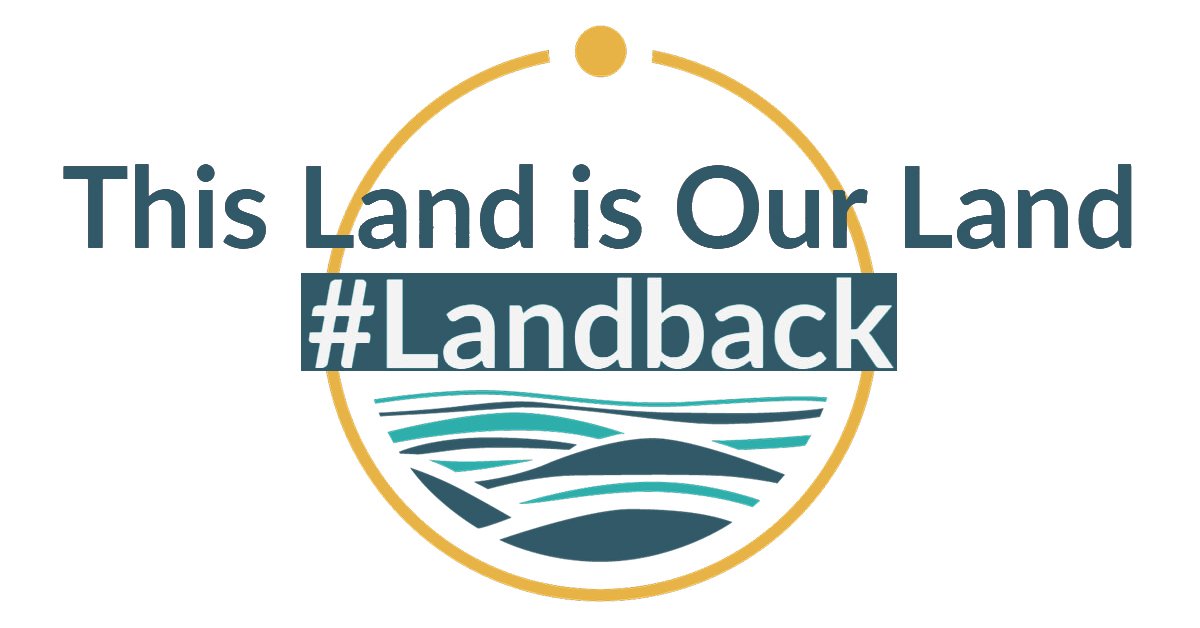The following is an excerpt from the UNC Allyship+ Toolkit which will be released later this month. We feel that this information is timely for a weekend during which it is typical to celebrate the colonization of Turtle Island.
Land Acknowledgement
The Urban Native Collective resides on the unceded ancestral lands of the Osage, Miami, and Shawnee people which were stolen through forced removal. We also recognize the ancestors of these Peoples, who are referred to by archaeologists as the Hopewell and Adena people and have stewarded this land since time immemorial.
What is a Land Acknowledgement? Why should you do it?
A land acknowledgement is a statement recognizing the original inhabitants of the land on which you live, work, and play. They can be spoken at the opening of events, put on a permanent marker, or put in the bio of your social media profile. Despite the typical narrative that the Americas were “discovered”, we know that Indigenous People have been here since long before Columbus or the concept of “The United States of America” and still are here today.
A land acknowledgement should be worded in the past, present, and future tense and should not be sugar coated. It should use words such as stolen, forced, settler colonialism, genocide, and ethnic cleansing. That said, land acknowledgements should also celebrate the Indigenous communities that are living and thriving today. This process is a good step in recognizing the complex relationship of history, settler colonialism, and yourself but it should not end there. A land acknowledgement without concrete steps to support your local Indigenous community is performative and does nothing to tear down the oppressive structures under which your Indigenous neighbors and community members exist. Therefore your land acknowledgement should include concrete steps to support your local Indigenous community members.
If you are only acknowledging the original inhabitants of the land on which you reside in words, then you are merely providing lip service. Without building real relationships with your Indigenous community members and working to support them in their struggles you are simply standing at the starting line. In order to join in the journey of Indigenous Sovereignty you have to take steps forward.
When you are crafting your land acknowledgement it is important to remember that there is no one-size-fits-all format. In the Greater Cincinnati region the original inhabitants were forcibly removed, mostly to Oklahoma where they continue to reside today as living, intact cultures and peoples. In some regions the Original Peoples’ descendants still reside there. Where my parents live in so-called Lexington, SC the original inhabitants are the Congaree people. The Congaree were largely wiped out by settlers, however some of their descendants have survived by marrying into the Catawba people who resided nearby. Every region of Turtle Island has a different story of settler colonialism, genocide, and ethnic cleansing. A land acknowledgement should provide education on the history of your region even if it is disruptive and uncomfortable.
If you are unsure of whose land you are on, this website is a great starting place.

